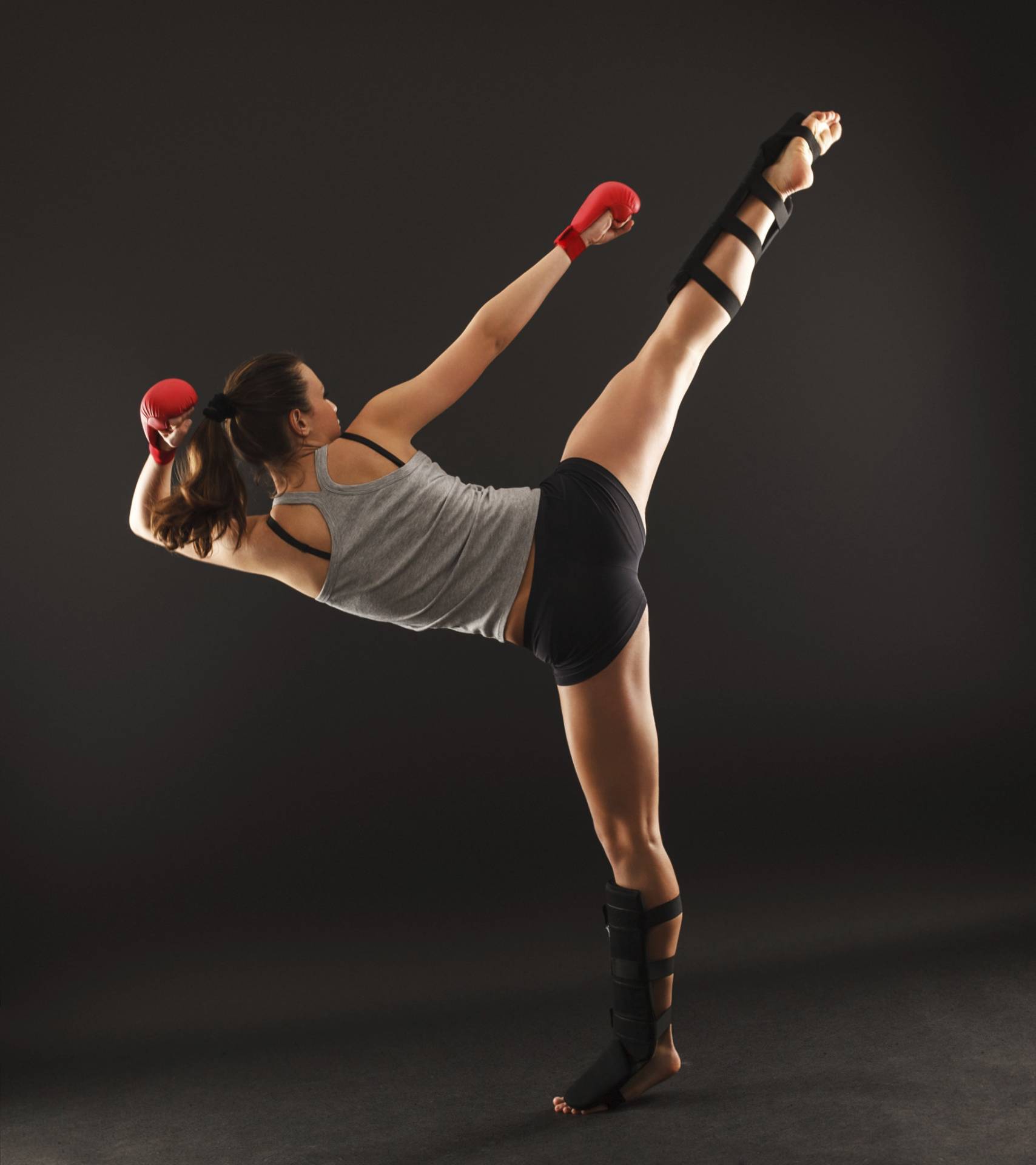Your cart is currently empty!

Learn the Muay Thai clinch in West Hartford, CT
One aspect of real Muay Thai Kickboxing which is not emphasized as much in many MMA or American Kickboxing schools is called the clinch. Today, we’re going to explore the clinch (or clinching) in Muay Thai – what it is, how it’s used, and how important it is to the Muay Thai sport. The clinch (or clinching) is not only useful when in the ring; in a defensive situation, this is a system of stand-up grappling that can lead to close strikes, fatiguing an opponent, and leg sweeps to end it swiftly and effectively. Clinching is among the advanced techniques taught in upper-level Muay Thai classes at our West Hartford academy. In a nutshell, you need to understand and practice the Muay Thai clinch – if you don’t, you’re missing a piece that Kru Darin Reisler says is, “vitally important.”
What is the Muay Thai Clinch (or clinching)?
The clinch is not easy to learn. It takes heart, effort, and repetition in practice and sparring. It’s an advanced technique of stand-up grappling that is a part of traditional Muay Thai. Clinching is a major component to Muay Thai training in its native Thailand. Many people think of it solely as wrapping one’s hands around the back of the opponent’s neck to jerk their head down while throwing knees, but that’s like saying that martial arts is about throwing punches. True clinching requires the same amount of practice and work that the Brazilian Jiu-Jitsu student puts into the ground grappling game.
Mind you – clinching is not simply locking up with an opponent. In the ring, the ref will simply separate the fighters if they become locked up. No, clinching can be thought of as wrestling while standing – there are ways to engage and counter, to throw close-range strikes and to sweep your opponent to the ground.
Before we go further, let’s take a look at real clinching. You’re going to see that it’s an art in and of itself and essential to Muay Thai when combat gets close.
Key concepts for proper clinching in a fight
#1 – Posture Control

If you’re a practitioner of any grappling style, you already know posture control very well. Controlling the opponents posture is essential in the clinch. It’s not like you can execute a single move to do this. Clinching is a back and forth exchange of control, and ultimately you are seeking to dominate the control so you can throw blows and avoid them yourself.
When you have broken your opponent’s posture, even for a second, you need to be looking for opportunities to get them off balance and then strike or sweep them. It’s easier said than done.
#2 – Balance and Positioning your Body

Balance is something you can really only learn through experience and lots of working in the clinch. Become off balance and an experienced fighter will feel it – and in short order, do something about it to send you to the ground where they have a clear advantage. The takeaway here is that when considering balance, we’re not just talking about yours … you need to develop a split-second awareness of your opponent’s weight distribution so you can be the one doing the takedowns.
#3 – Knee strikes

We talk about this third on the list for a reason, so listen up. If you don’t have a good lock on your opponent, or you’re not in a balanced position, throwing knees is just going to land you on your butt. A better fighter will take advantage when you go from two feet on the ground to just one. So practice those knee strikes to the head, body, and legs while sparring but do so with intention and awareness!
Used correctly, you can win a fight with a good lock on your opponent and knee strikes alone.
#4 – Sweeping the opponent
Sweeping is about control, feeling the balance of your opponent, and timing. It is one of the most dominant moves you can execute when done correctly, whether in the ring or in the street. From a self defense perspective, if you can throw your opponent while staying up-right, you now have an advantage to either strike again or flee the scene.
The key to a good sweep is to keep your hips close to your opponent and twist with your hips as you pull with your arm. It’s difficult to break this down in an article, but we’ll be sure to drill this time after time when we see you in our West Hartford Muay Thai classes.
#5 – Entering and Exiting the Clinch
To enter the clinch, you need to get past your opponent’s strikes to get within close range and move in. Again, this is easier said than done. You are likely to take a hit or two on the approach, so this skill takes practice to develop. It takes speed, agility, timing, and the ability to assess and cut off your opponents angle to get in flawlessly. While training, you often start in the clinch or else sparring at long range. Make sure you are drilling the transition into and away from the clinch as well. Communicate with your sparring partner. Let them know that you want to work on the transitions and that you expect to clinch for long periods … otherwise they might think you are just looking for awkward, sweaty hugs LOL
Want to learn real Muay Thai in West Hartford, CT?
Sign up for a free Muay Thai intro class today








